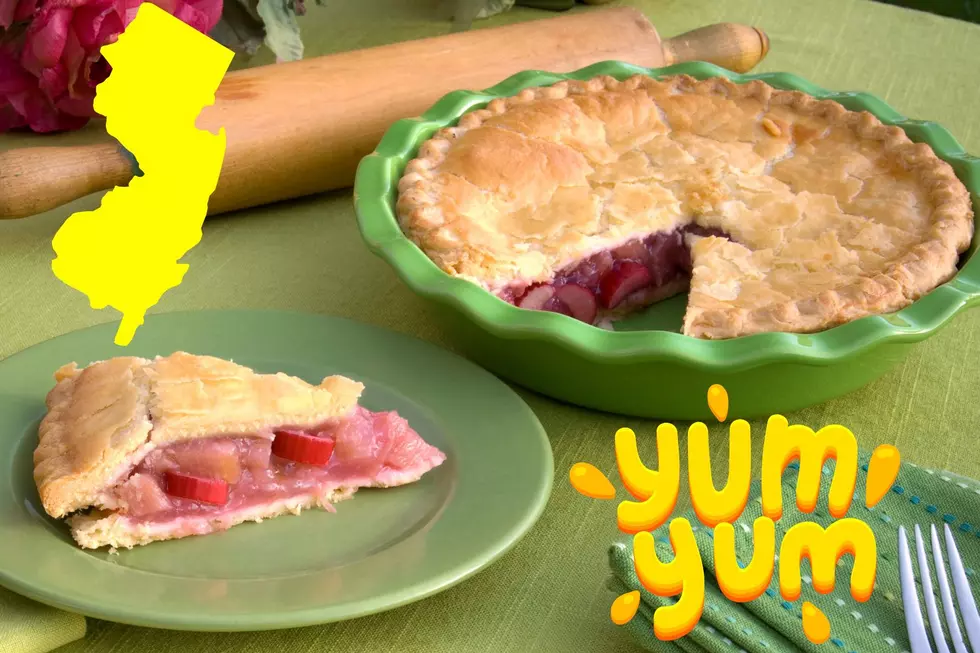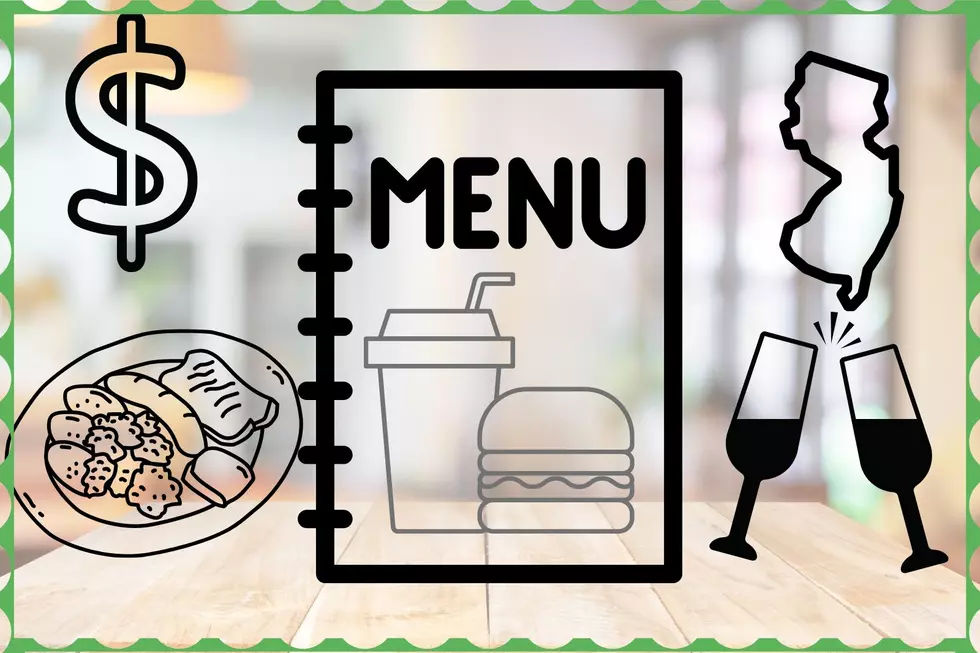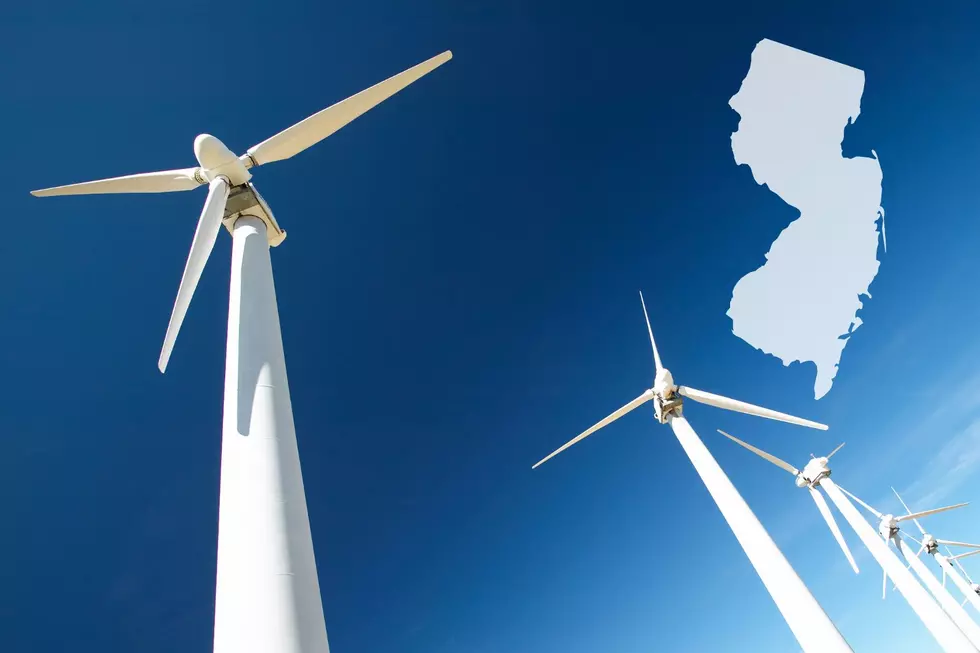
All The Colors Of New Jersey Fire Hydrants, Explained
Have you ever wondered why fire hydrants around New Jersey are different colors? They seem to be painted with a variety of color combinations.
So what could the reason be? Is it to blend in with the surrounding landscape?
Or maybe the town wants them to be a certain color to match the vibe of the town? Perhaps it's completely random?
Well as it turns out, there is logic behind it. And it's logic that can save your life.
For the most part, fire hydrants are painted according to code. It's all based on the water pressure each hydrant can provide for firefighters.
And despite all the color combinations out there, it breaks down to four primary colors. Here's what they are.
CLASS C - RED
The lowest class for fire hydrants is C, which is indicated by red caps.
Despite what some might think, the physical color of the hydrant doesn't necessarily dictate how strong the water pressure is. Instead, it's usually the caps that'll tell firefighters that info.
For Class C, water pressure is rated less than 500 GPM, or gallons per minute.
CLASS B - ORANGE
Class B is the next level up, and is indicated by orange coloring.
These fire hydrants provide water pressure between 500 to 999 GPM.
CLASS A - GREEN
The next level up is class A or green-colored hydrants.
These fire hydrants provide pressure between 1000 to 1499 GPM.
CLASS AA - BLUE
Class AA provides the highest volume for firefighters. They're blue with a rating of over 1500 GPM.
Those are the four standard colors set by the NFPA. But that's typically the cap colors that indicate pressure.
As most might've noticed, the barrels of fire hydrants tend to be painted in a variety of different color combinations. More often than not, the hydrant is usually one of three colors.
Yellow fire hydrants are the most common, also referred to as c
Violet-painted hydrants, on the other hand, indicate a water source from a lake or a pond. And red painted barrels indicate the water source is not public.
Not all New Jersey towns, however, follow this. Some might have their own codes for how they want their hydrants painted, which is why some might not match any of the examples above.
But for the most part, all New Jersey towns will follow the national code in some fashion. Whether it's the barrel or caps, somewhere on that hydrant will be one of the four standard colors.
These NJ towns are among the best, most sought-after places to live statewide
Gallery Credit: Mike Brant
This is the most expensive home for sale in NJ right now
Gallery Credit: Jeff Deminski/Townsquare Media
The above post reflects the thoughts and observations of New Jersey 101.5 Sunday morning host Mike Brant. Any opinions expressed are his own.
More From New Jersey 101.5 FM









